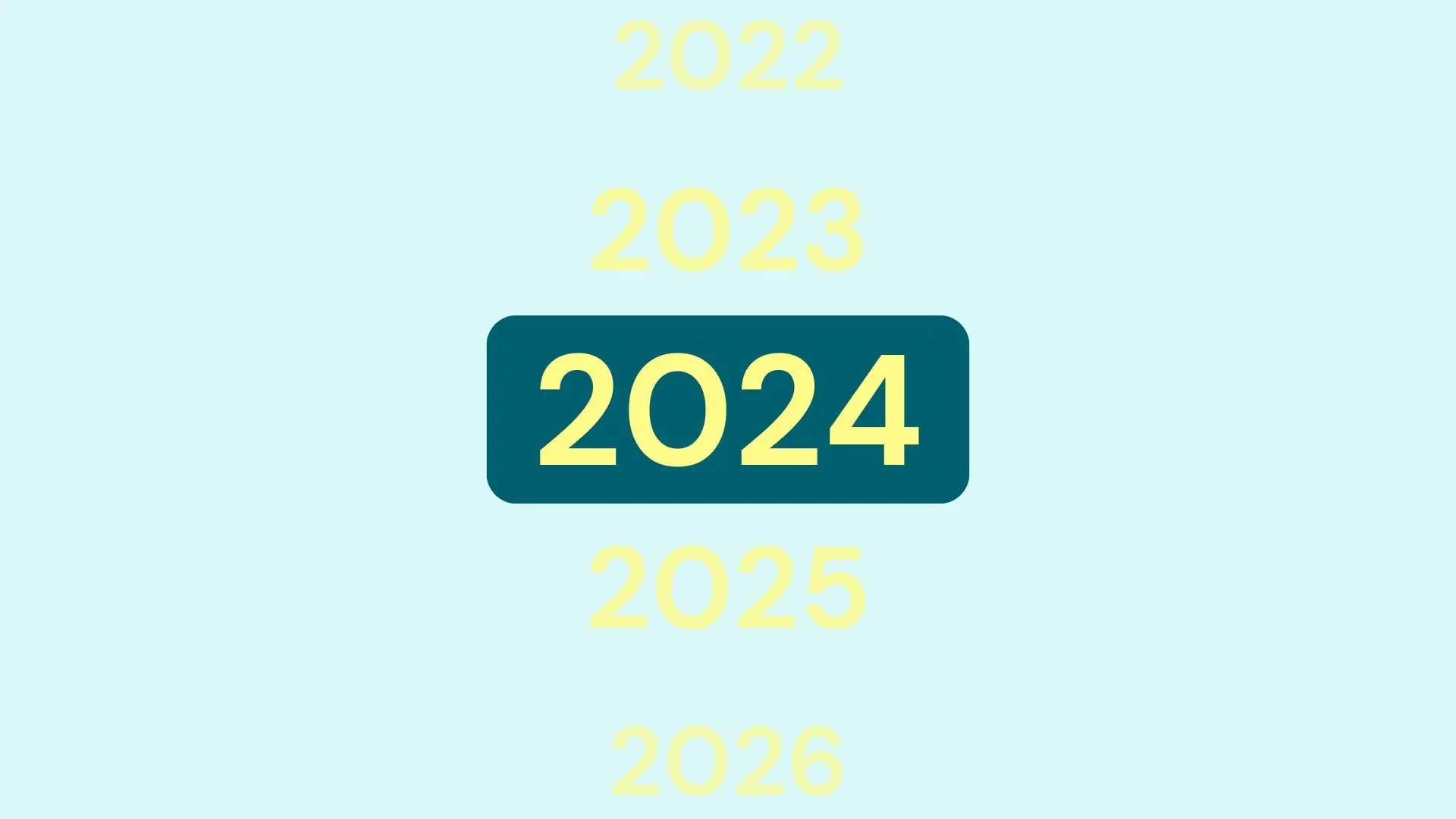Become a master in parking management — five things to keep in mind
.webp)
What does it take to become a master in parking management? It's actually not that hard, but there are a few things that are directly crucial to being able to carry the title with pride (there is, of course, no title called “master in parking management” but we thought it sounded fun). We will discuss five of them in this blog post.
Keep track of your parking spaces
You may have heard the expression “shit in, shit out”? This is a good idea when it comes to parking management. After all, it is only when you know what you have that you know what you can rent out. And how. Thus, inventory is the first step to becoming really good at parking management.
Start by finding out:
- How many spots you have
- Whether and how they differ in size
- Where any pillars and other obstacles are
Then you can see how high your actual occupancy is and find out if you have any inaccuracies in your current rental that need to be corrected. It is not at all uncommon to discover spaces you didn't know existed, multiple agreements for the same spot, missed vacancies, free contracts and uneven pricing.
Automate what can be automated
Another part of getting really good at parking management is understanding what is a good idea to do manually and what should be automated. For example, if you have complex contracts that require extra hands-on work, you can continue to handle this manually, but the majority of your processes can be automated — and even improved!
By automating management processes such as queue management, allocation, key management, contract management, notification and payment, pricing and access control, for example, you get:
- More efficient administration. Perhaps the most obvious advantage of automation. When management is automated, time is released, which you can then use to focus more on customer care. This in turn increases customer satisfaction — win-win!
- Increased occupancy. With automated queue management and allocation, temporary vacancies are reduced, as parkers can buy parking permits themselves and start using their spot right away, without waiting for mailed contracts or exchanged keys.
- Better control of your revenue. One clever thing that can be automated is changing terms and pricing. You no longer need to post additional contracts or make manual price adjustments — make the change in one place and it will be automatically get pushed out to all affected customers.
Listen to what customers are asking for and try to meet their needs
Satisfied customers generate more revenue and fewer support cases, so taking customer needs into account is good for both them and you. For example, offering only monthly reserved parking is likely to meet only a small part of your tenants' needs, so you should instead build a dynamic offer. For example, examine the need for:
- Unreserved parking during daytime, evening hours and weekends, respectively
- Unreserved electric car charging point (3.7 kW) during daytime, evening hours and weekends, respectively
- Reserved monthly parking
- Reserved spot with electric car charging (3.7 kW)
- Visitor parking
- Public charging point (11kW)
- Car pool
- Bicycle Parking
Make sure to take marketable rents
Price is a powerful tool for controlling supply and demand, and it is also a driving factor when it comes to customer satisfaction. Therefore, it is important that you set fair and fair prices. Consider, for example:
- Value (both experienced and actual). A reserved spot is a more precious asset and it also costs more to rent out because the utilization rate is lower. Therefore, it should be priced higher than unreserved parking.
- Demand. For example, you can redirect long queues from one fully occupied class of spots to vacant spots within another, by offering these at a more favourable price. A typical example of this is from reserved to unreserved parking.
- Competition. By pricing correctly, you make your existing customers happy, while attracting new customers who live or work nearby.
Make strategic decisions with your parking data
That last piece of advice is what really makes a difference when it comes to parking management. Namely, to monitor how customers use your assets and use that data to tweak the offer and optimize the parking business. If you see, for example, that there are long queues for electric car charging, you can count on a profitable investment in the right number of chargers. And if you find that there is an unusually high vacancy rate during December, you can plan a campaign with discounted parking permits for next year.

Do you want to take control of your parking management?
With the right tools and strategy, it will be easier than you think. We show you how you can streamline, automate and maximize your business — contact us to get started!


.webp)
